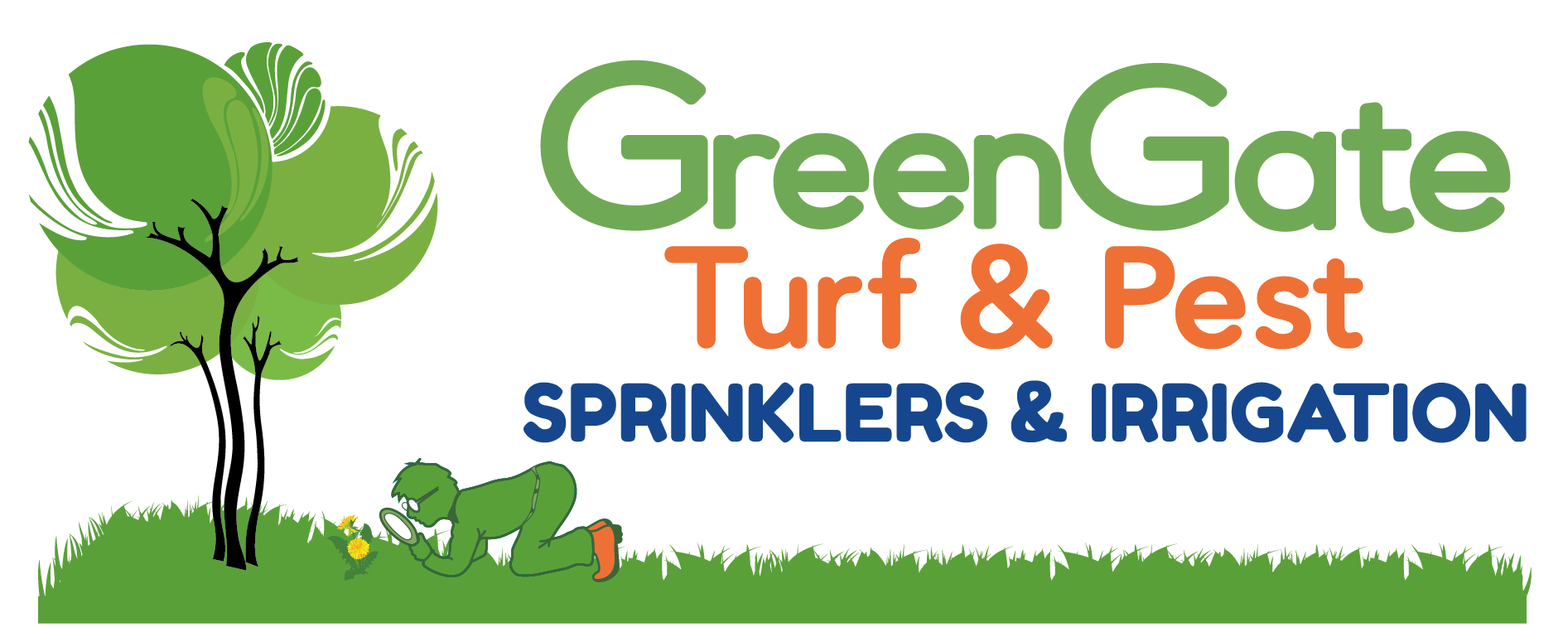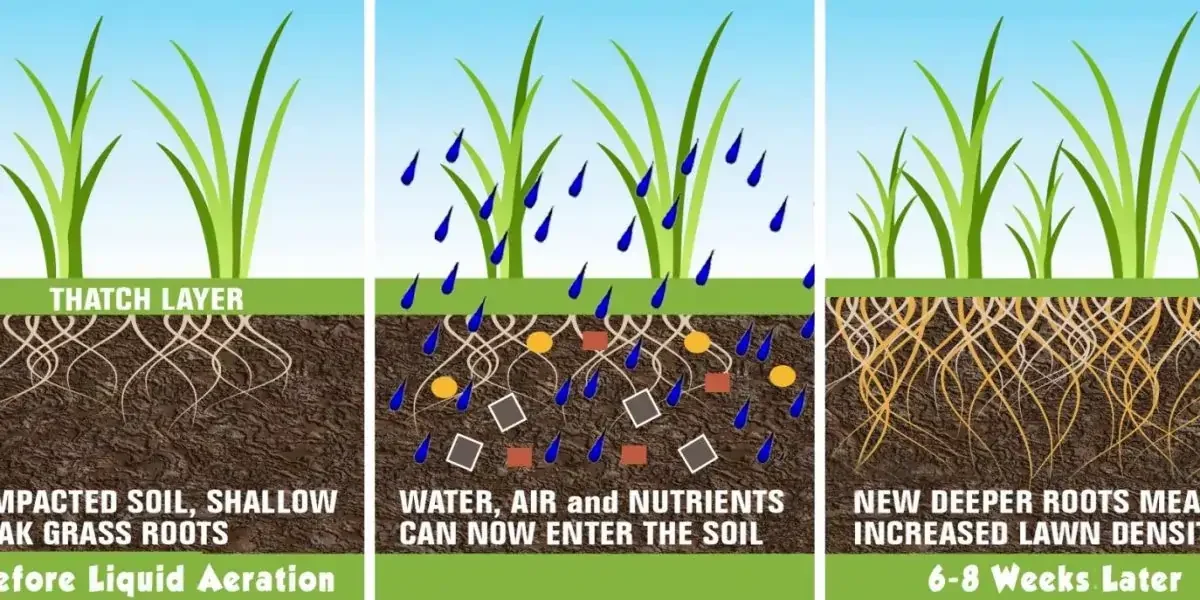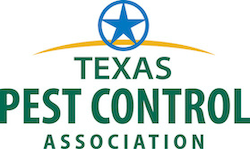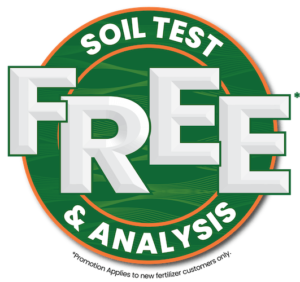Before we dive into the available options for lawn aeration services, let us touch on a few things. After continued efforts with a solid fertilization or weed control program, you may feel that your lawn is not seeing the results you expect. It’s frustrating, no doubt, especially if you’ve been buying bag after bag of fertilizers and weed killers, or have been paying a lawn care service company to fertilize your turf, only to end up in the same spot you started.
Most homeowners fail to appreciate the lawn’s biology, soil profile, and compaction, which all work together (or sometimes not) to create its own ecosystem. Your lawn’s ecosystem can be quite complicated in its entirety, which is why we’re not going to focus on that in this blog. Instead, we’re going to cut directly to the chase and talk about why Houston soil compositions are so awful and what can quickly be done about it.
The first step to fully understanding your soil is to pull a soil sample and perform a soil test. Here at GreenGate, we automatically perform a complimentary soil test & analysis for all new lawn fertilization customers so we have an understanding of what is happening in your lawn. Next on the list, and probably the simplest, would be a lawn aeration service.
A professional Lawn Aeration Service for your Houston lawn is going to be dollar for dollar your absolute best investment.

9 Signs Your Houston Turf Needs Lawn Aeration
- Yellowing/discoloration
- Clay or Gumbo soils
- Brown Patches have started
- Even with light rains, yard puddles
- Irrigation runs off onto streets, driveways, etc.
- Grass is thinning
- Heavy Thatch
- Failed Screw Driver Test
- Its Spring or Fall time
Houston Soil Compaction
In a nutshell, two primary culprits cause compacted soils. Heavy traffic, lawn mowing, kids playing, etc., are the most obvious but are actually the least problematic for our Houston soils. Far and away, salts, bicarbonates, and high pH levels are our most challenging issues to rectify. Salts and high Ph cause our soils at the smallest level (soil colloids) to chemically bind together.
This chemical binding permeates throughout the entire soil structure rendering it incapable of allowing oxygen, water, and nutrients to move freely through the soil and efficiently reach the roots of your turf. With these conditions, the ground is dense and compacted. You’ll also notice that the roots of your turf are shallow and thin; this is a broken ecosystem. Your turf may be able to survive in this environment, but it will certainly not thrive.
Which Lawn Aeration Service Is Right For Your Houston Turf?
There are two types of Lawn Aeration available in Houston, TX. The 1st and most common type is mechanical aeration. A legacy mechanical aeration service will either push holes into your turf with a spike aerator or pull 2-3″ plugs of soil out, which are about the diameter of a quarter and fondly referred to as soil sausages. Dirt plugs will be left to sit on your lawn so as not to remove any beneficial nutrients they may contain.
The spacing of aeration machine tines will typically cover 20-30% of the lawn, and the service should occur when the turf is actively growing. This allows the plant time to recover from the trauma and stress of the core aeration. The benefits of this service are pretty simple; pulling dirt plugs creates an opportunity for soil compression to relax. You can also expect some thatch reduction.
Drawbacks to core aeration can include:
- Broken sprinkler heads
- The occasional severed electrical lines
- Risk of damage to fencing
- Numerous breaks in invisible fencing
More importantly, mechanical plug aeration does not address Houston soil’s high salts, pH levels, or bicarbonates bound up in the soil structure. And with plug depths of only 2-3″, the roots of your turf will continue to be stunted. This type of aeration mainly benefits non-clay or high salt/pH soils present in the Midwest and NOT the soils we have here in the greater Houston area.
Liquid Lawn Aeration Service
The 2nd and most successful type of lawn aeration for high pH/clay soil particles here in Houston is a Liquid Lawn Aeration Service. For the most part, pricing is comparable for both mechanical and advanced liquid aeration services. Liquid Aeration is safe for you and your pets and uses a combination of organic and carbon-based compounds. Rather than poking holes in the soil, Liquid Aeration creates numerous tiny fractures within the soil structure with bio-stimulants while simultaneously encouraging aggressive root growth.
As these fractures become more numerous from the highly oxidizing materials, oxygen and water can now reach the roots. Because the fractures (micro tunnels) work to a depth of 6″, the turf’s roots will follow, so we see a deeper, more expansive root system with Liquid Aeration applications. Liquid Lawn Aeration covers 100% of the turf and benefits the entire soil ecosystem.
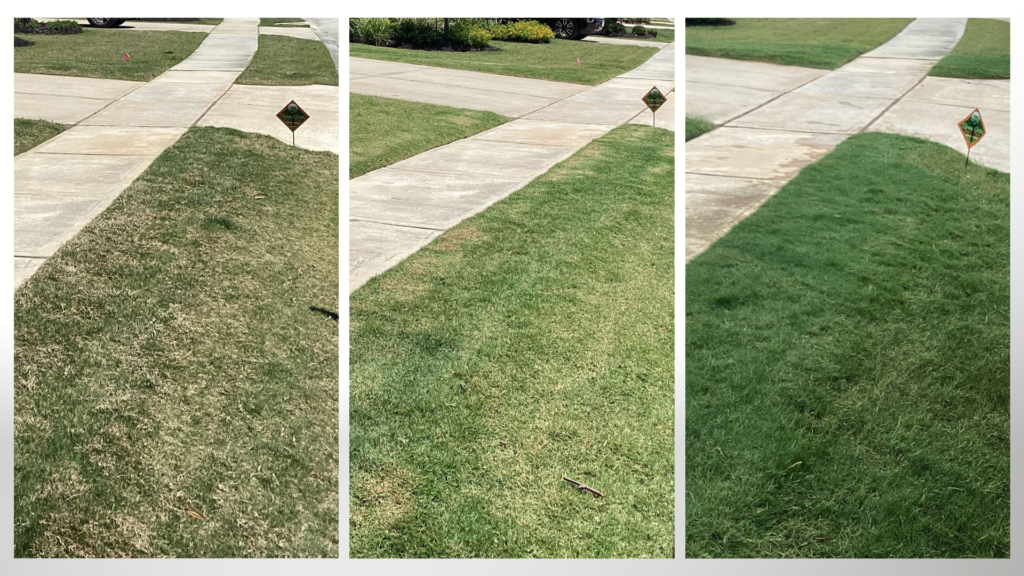
Seasonal transition after GreenGates Advanced Lawn Aeration Application
Microbes are typically part of professional aeration blends, so thatch reduction is often seen on 100% of your turf. Although some thatch is good, too much thatch provides harborage for fungus and insects. GreenGate can perform liquid Aeration applications any time of the year since there is no risk of trauma to your turf.
To maximize the success of your lawn, we recommend 2 Aerations per year to maintain your soil’s pH balance. You will see significant turf improvements using a proven spring and fall schedule. By design, Liquid Aeration stimulates microbial activity, reduces plant stress from heat and pathogens, and breaks the nutrient bond caused by heavy salts and bicarbonates, freeing up vital plant food and carbohydrates.
Liquid Lawn Aeration Houston will give you the breakthrough you’ve been looking for for a healthy lawn.
Click here to read our quick reference Aeration Comparison Chart.
